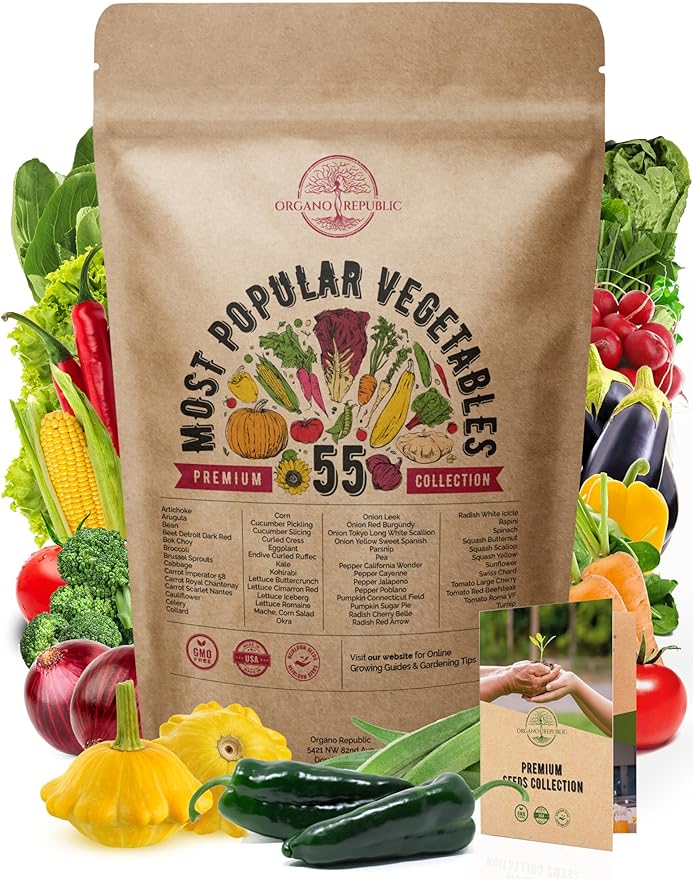What is intercropping? Learn how to boost your vegetable garden with this effective technique
This proven method can improve harvests and prevent pests from damaging your crops

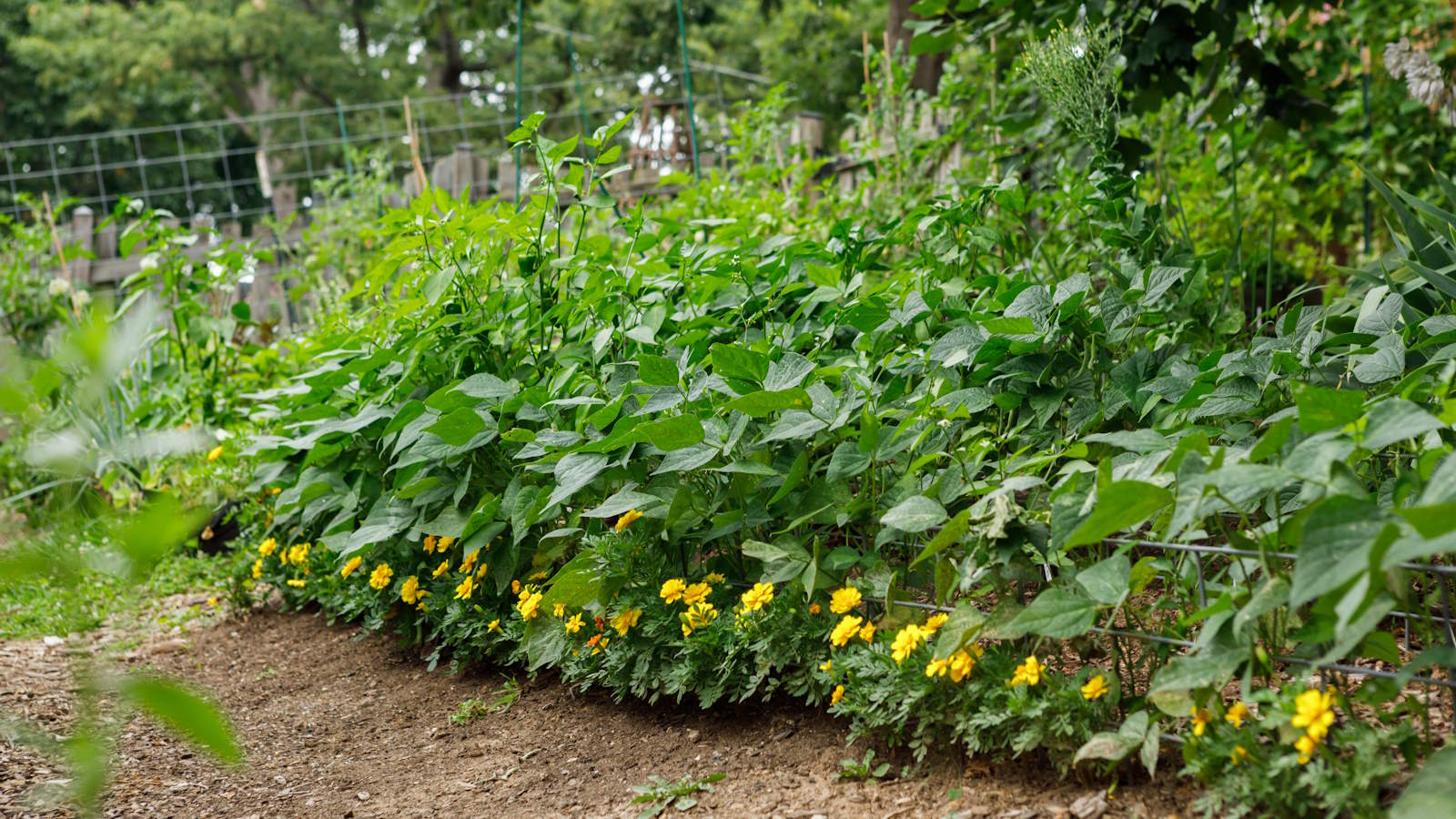
Intercropping is not a new-fangled modern idea, it has been around for centuries to maximize the potential of a vegetable garden. Also known as interplanting, it sees gardeners grow vegetables, flowers, and herbs together in spaces – and it has many benefits.
I have worked in several different vegetable gardens that varied in size and style and learned a lot over the years. When I ran a large kitchen garden supplying produce to a high-level restaurant, I implemented intercropping and companion planting to get the best harvests and reduce pest problems. It is also a technique I have used on my plot at home.
It may sound complicated, but intercropping can be a simple tool to put into practice. To help get you started, we look at the benefits of intercropping and how you can begin to try it out in your garden.
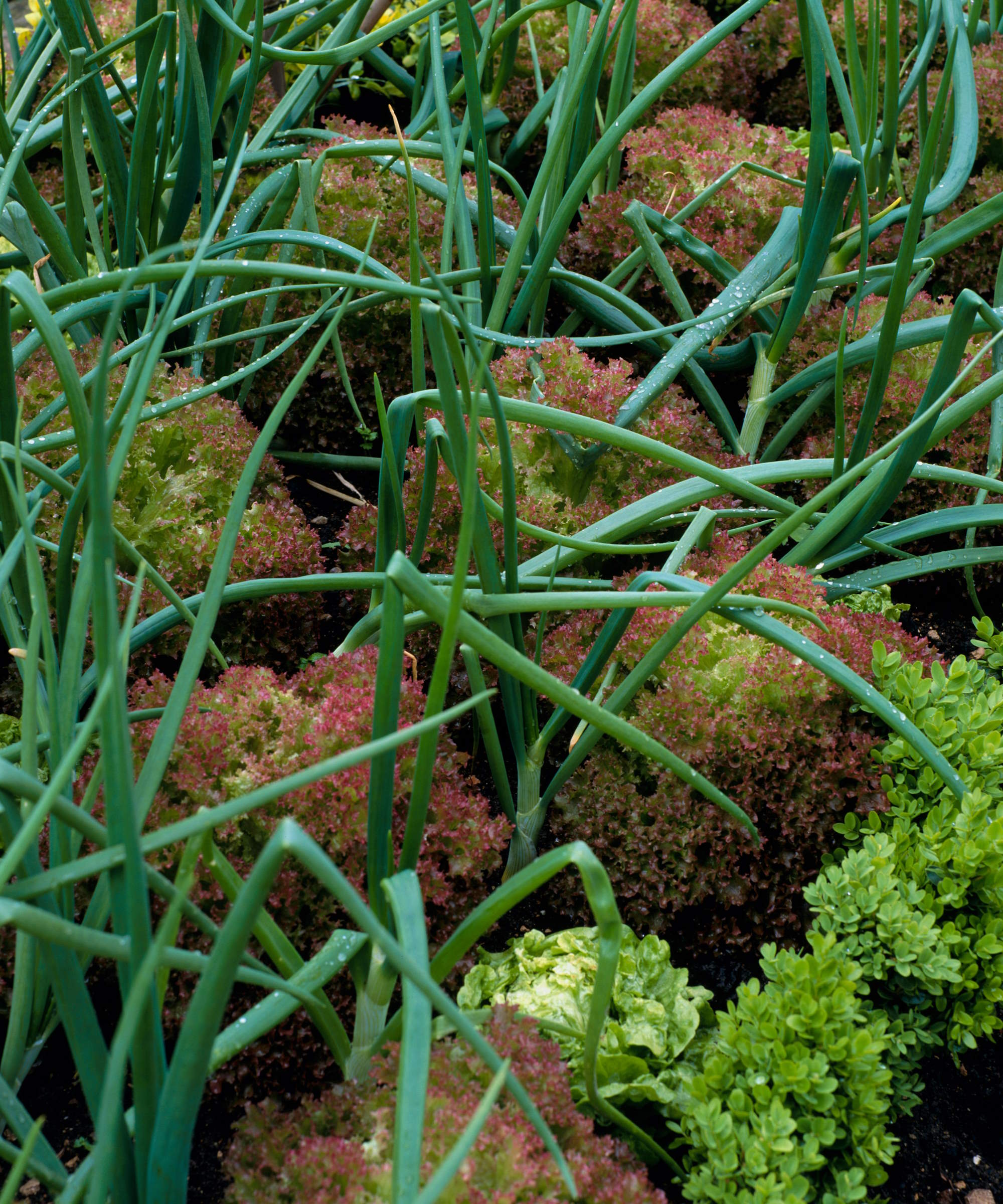
Lettuces and onions are good crops to grow together
What is intercropping?
Intercropping is a valuable tool that can help you to have a productive vegetable garden and involves growing two or more crops in the same space to benefit each of them naturally. Gardeners can use intercropping to have healthy plants, boost their harvests, and combat pests and diseases. If you are planning a garden, or thinking about starting a vegetable garden, then interplanting can be implemented to make the most of any productive space.
Benefits of intercropping
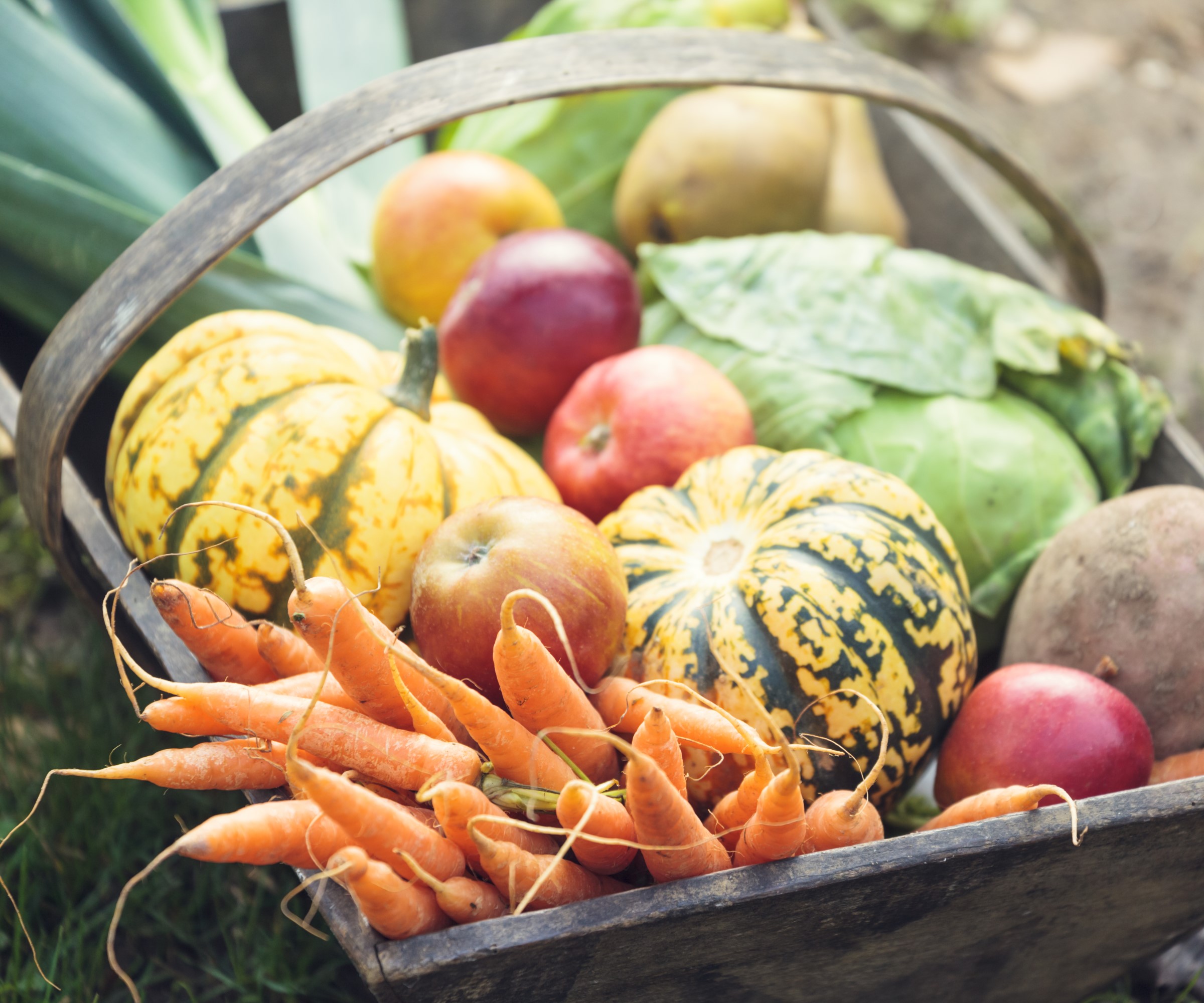
Improve your yields by intercropping vegetables
There are many advantages of intercropping a kitchen garden and the method can be done whether you are planting vegetables in the ground or growing in raised garden beds. The old technique, commonly used in permaculture gardening, sees multiple crops grown together – planted in rows or mixed into beds. It mimics nature and brings with it many benefits.
‘The more diversity you can build into your planting, the more your vegetable garden will become a little ecosystem that’s capable of handling problems on its own,’ says Crystal Jarvis, the owner of Lettuce Grow Something. ‘Some of your plants, for example, might repel pests, while others might attract beneficial insects to your space. We also think that gardens look their most beautiful when they’re filled with different types of herbs, flowers, and vegetables – all growing in harmony.’
Intercropping has been done for thousands of years and is potentially most famously known for the 'Three Sisters’ planting technique. This system, which originates from Native American tribes, sees sweetcorn, squash, and beans planted together to take advantage of the natural benefits they offer each other.
Design expertise in your inbox – from inspiring decorating ideas and beautiful celebrity homes to practical gardening advice and shopping round-ups.
The corn is a tall and sturdy plant that supports the beans as they grow, while the beans fix nitrogen in the soil and helps the other two grow healthy, and the large leaves of squash plants smother weeds and keep the soil shaded and moist. The taller corn and beans also provide shade for the squash from the summer heat.
Such intercropping benefits exemplified by the 'Three Sisters’ can be utilized elsewhere around the garden too. For example, planting legumes, such as beans or peas, in rows between other crops means the nitrogen-fixing roots of the plants make this valuable nutrient available to surrounding plants. And growing tall crops alongside shorter vegetables can give protection from the sun and wind to the lower-growing plants.
Intercropping does not just involve vegetables, it can also include growing herbs, flowers, and fruit. Herbs are fantastic companion plants as they can repel many pests, while herbs and flowers are also great plants for attracting pollinators and beneficial insects into any backyard space.

Crystal Jarvis is Owner and Garden Consultant of Lettuce Grow Something. They design beautiful raised bed kitchen gardens for the novice to expert gardener in Austin, TX and virtually all over the world. She is skilled in raised bed garden design and organic vegetable gardening.
How to start with intercropping
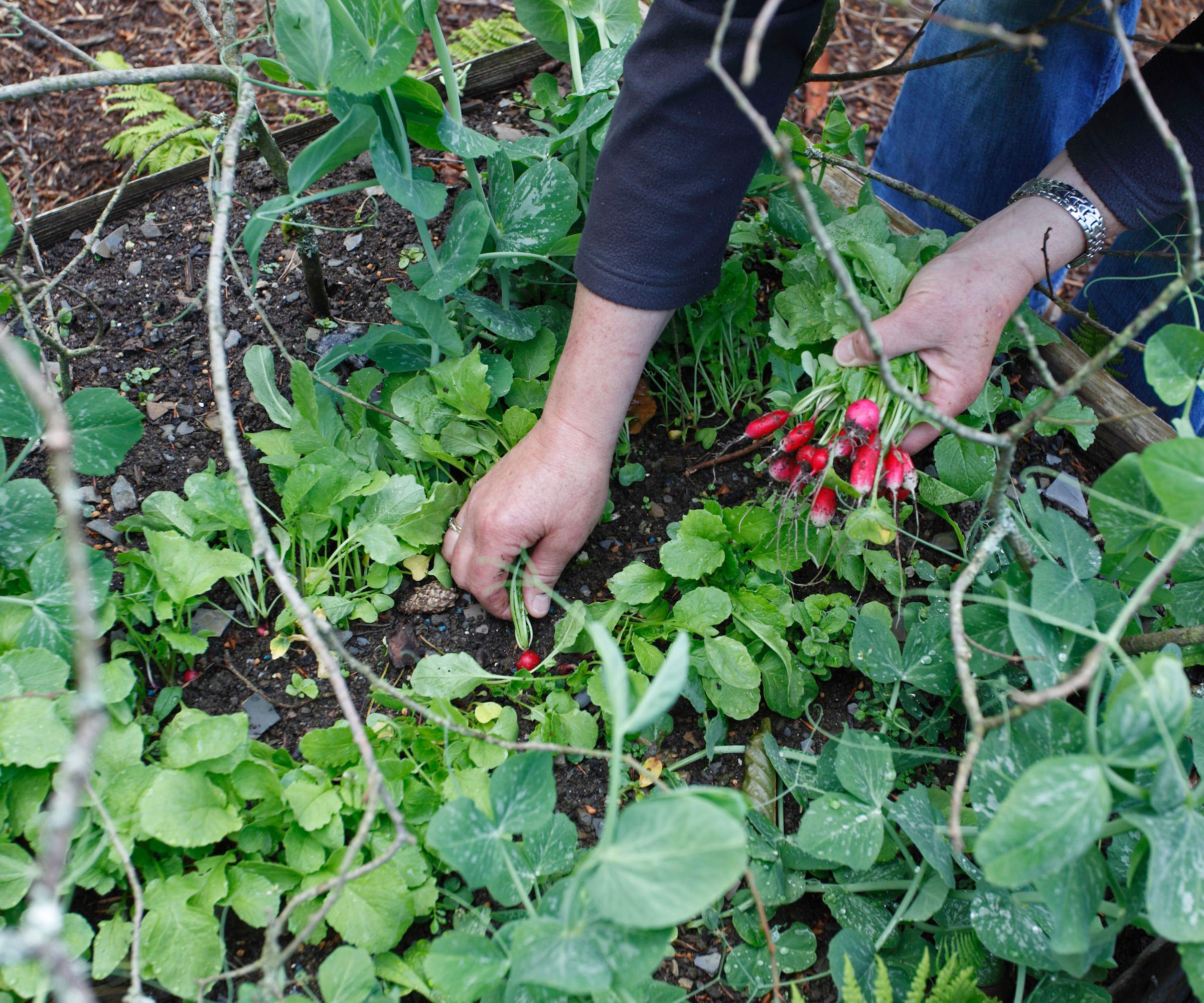
Radish is a great quick-growing vegetable for intercropping
Intercropping need not be daunting or difficult – it can be simple to take the first steps and start reaping the rewards it can offer. Planting flowers or herbs as a companion plant with your vegetables can be a great move to combat pests. Choosing low-growing flowers will not block sunlight from your crops, but will help deal with pesky pests that could damage your harvest.
For example, I have often planted marigolds to keep bugs away and grown nasturtiums and marigolds as trap plants for pest control. Calendula is another great trap crop to help get rid of aphids and stop them from troubling precious crops. Another classic combination, one I have used in previous years, is to grow basil and marigolds around my tomato plants as they repel many tomato pests.
Allium plants are very valuable in protecting brassicas, and other vegetables, from pests. For example, Crystal Jarvis says ‘chives and green onions are great for deterring cabbage moths’. Alliums can also be valuable in helping when you are growing carrots as they can mask the smell of the vegetable and deter carrot flies that can decimate a crop. The strong scent of the alliums can confuse and deter many pests, so it can be simple to take advantage of this carrot companion planting technique and intercrop onions, garlic, or leeks when planting carrots in the garden.
As crops such as lettuce, arugula, or radish can bolt when the temperatures increase in the summer, planting rows alongside your tall-growing crops like beans or corn can help to protect them from the sun and stop them running to seed prematurely. Any of the easiest vegetables to grow in the shade will also work fantastically interplanted with your tall crops, such as if you are growing squash vertically.
As well as considering the heights of the plants, think of how deeply each crop roots. Mixing crops with smaller root systems, such as lettuces, in with those vegetables that put out deep roots, like carrots and parsnips, means they will not be competing in the same spaces for nutrients and can both develop happily without impinging on each other.
The speed of growth can also make certain plants beneficial partners for intercropping. Fast-growing vegetables like radishes can be intercropped in rows between slower-growing crops to provide harvests from a space while the other plants are developing. Mixing slower and fast-growing crops means a small vegetable garden space or raised bed can be super productive.
When planning your productive garden, map out which crops could work well together. Pay attention to information on seed packets for the space the crops require and how long they take to grow and it can help you plan a seed sowing schedule that integrates intercropping.
FAQs
What should you not plant next to peas?
It is not advisable to plant alliums close to the crop as the likes of onions, garlic, chives, or leeks can stunt the growth of peas.
What should you not plant next to tomatoes?
When planning any tomato companion planting there are many great options, such as lettuce, garlic, basil, parsley, and more. Some crops should not be intercropped with tomatoes including potatoes, brassicas, and corn.
What should you not plant next to carrots?
Alliums are great crops to interplant with carrots and so are lettuces. You should not interplant carrots with potatoes, celery, or dill, the latter of which can cross-pollinate with carrots.
Trying the 'Three Sisters’ planting combination is a great way to get an introduction to intercropping. Are you now tempted to learn how to grow corn, how to grow squash, and grow your beans together this year in your vegetable garden?

Drew has worked as a writer since 2008 and was also a professional gardener for many years. As a trained horticulturist, he worked in prestigious historic gardens, including Hanbury Hall and the world-famous Hidcote Manor Garden. He also spent time as a specialist kitchen gardener at Soho Farmhouse and Netherby Hall, where he grew vegetables, fruit, herbs, and cut flowers for restaurants. Drew has written for numerous print and online publications and is an allotment holder and garden blogger. He is shortlisted for the Digital Gardening Writer of the Year at the 2025 Garden Media Guild Awards.

